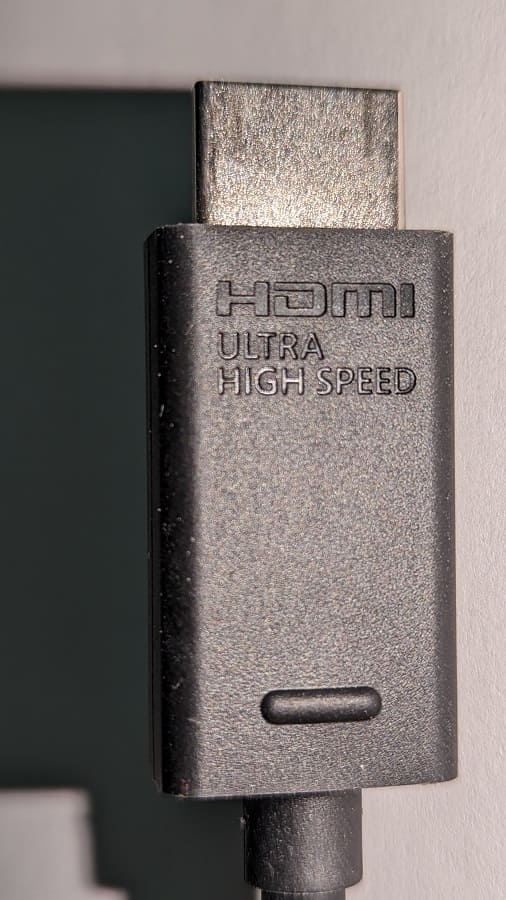You are able to factory reset your LG A3, B3, C3, G3, M3 or Z3. This feature is helpful if you plan on selling or gifting your TV to someone else and you don’t want them to access any information you have saved. Some technical issues with the television set may also be fixed by restoring its settings to the factory default.
You can check out this tutorial at Seeking Tech to see how you can properly reset your 2023 LG OLED.
1. To start off, you need to press the gear cog button located on your LG television remote.
2. Next, you need to select the gear cog icon located in the menu on the screen.
3. Afterwards, go to General > System > Reset to Initial Settings.
4. You should be able to choose between the Reset All and Reset All Except Network Settings options.
The Reset All option will change all of the settings on your TV to the factory default. This is recommended if you are planning to sell or give away your television set.
The Reset All Except Network Settings will change every setting except for your internet connection setting. This is helpful if you don’t want to go through the network setup process again in order to connect your A3, B3, C3, G3, M3 or Z3 online. If you are factory resetting your TV to fix a technical problem, then you should pick this option.
5. If you set up a password for your TV, then you need to enter the four-digit pass code before you can continue with the factory reset.
If you forgot your password, then you can check out this 2023 LG OLED passcode reset guide.
6. Your television should then start the factory resetting process.
During this time, you should avoid turning off the TV or pulling its power cord from the power outlet.

